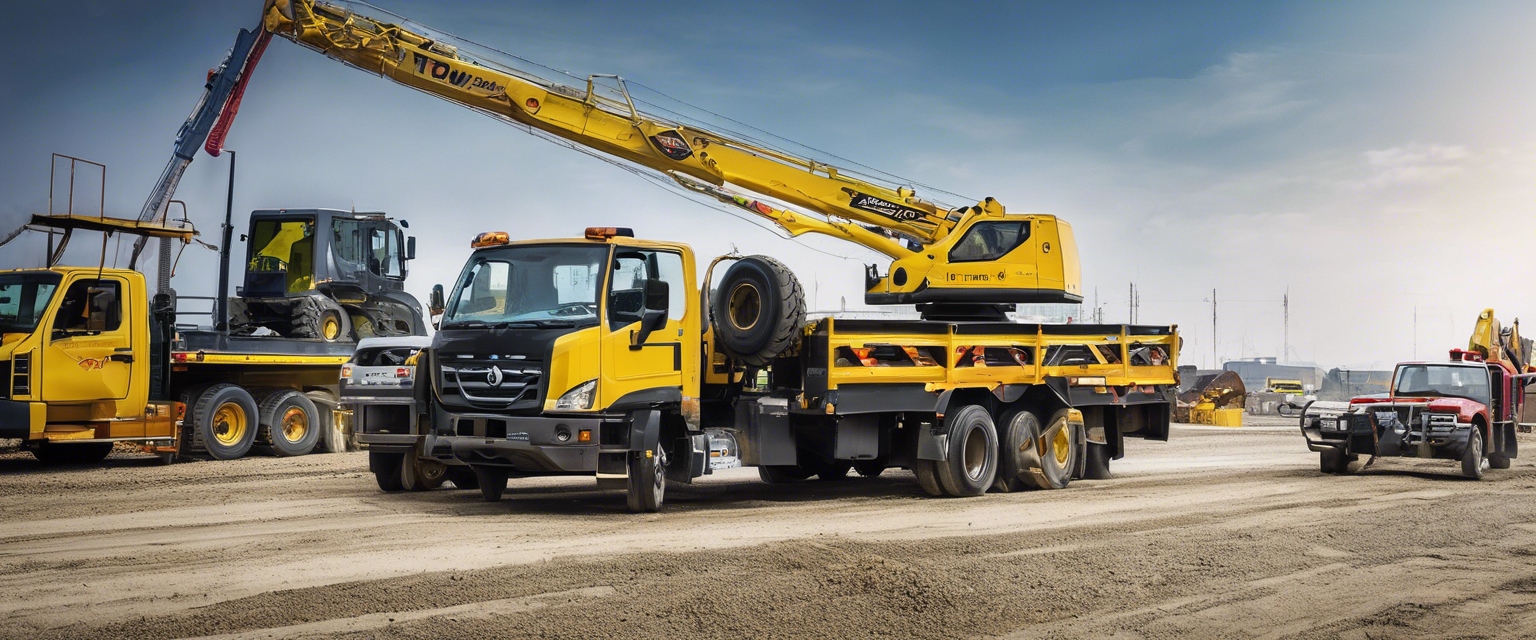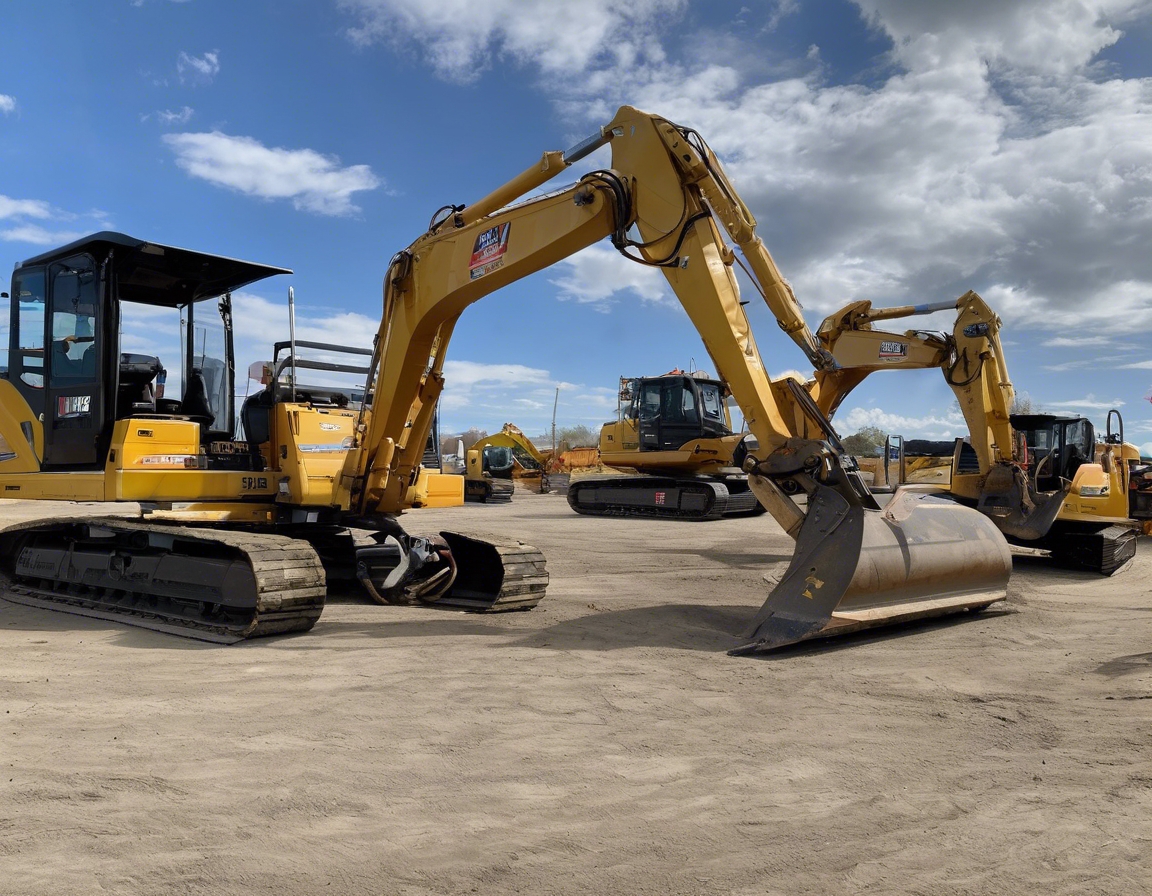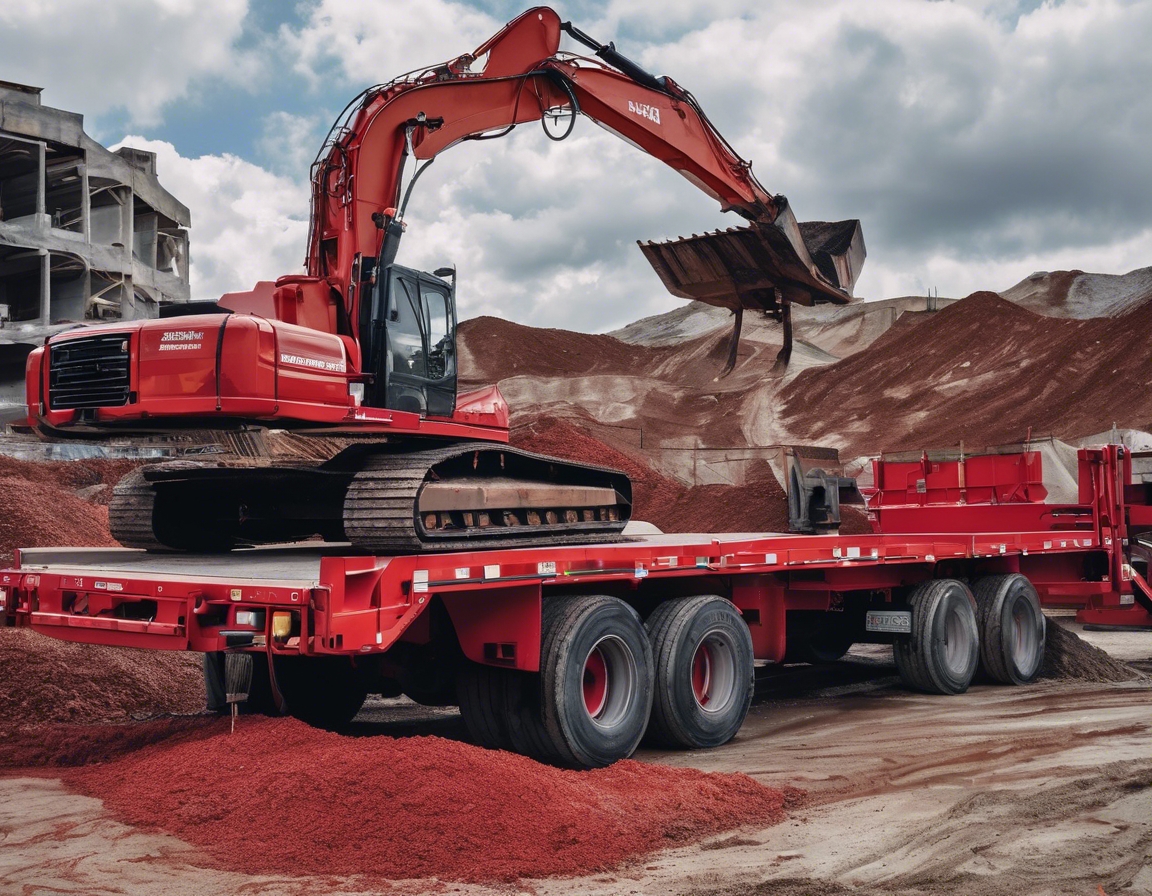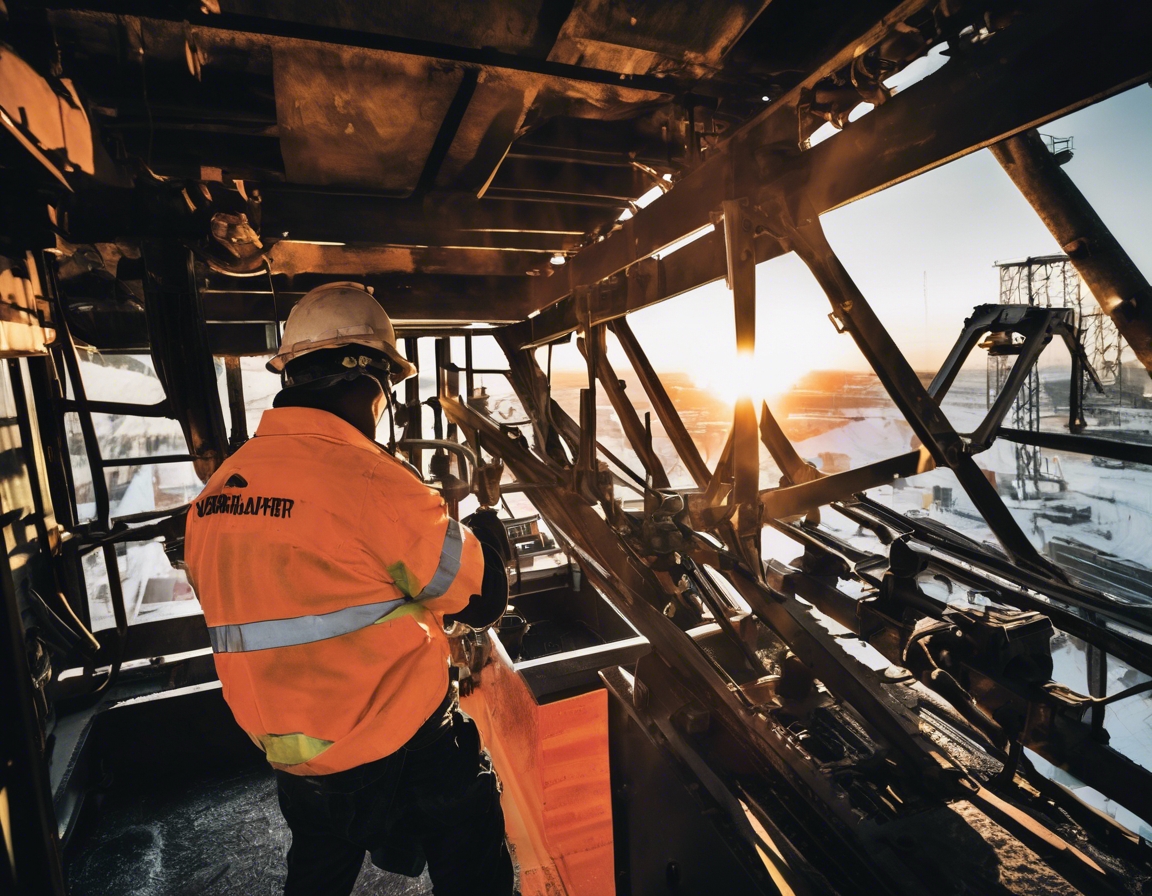How to choose the right construction equipment for your project
Before selecting construction equipment, it is crucial to clearly define the scope and scale of your project. This involves understanding the specific tasks that need to be completed, the size of the project area, and the overall objectives. A detailed project plan will help you identify the types of equipment required to efficiently complete the tasks.
Assessing the site conditions is essential in choosing the right equipment. Consider factors such as terrain, soil type, weather conditions, and accessibility. These elements can significantly impact the performance and suitability of certain equipment types. For instance, rough terrain may require specialized machinery with enhanced mobility and stability.
Time and budget are critical factors in any construction project. Determine the project timeline and allocate a budget for equipment procurement. This will help you decide whether to purchase or rent equipment and ensure that you select machinery that aligns with your financial constraints and project deadlines.
Types of Construction Equipment
Earthmoving equipment is essential for tasks such as excavation, grading, and leveling. Common types include excavators, bulldozers, and backhoes. Each type has specific capabilities, so choose based on the nature of the earthmoving tasks in your project.
Material handling equipment is used to transport, lift, and position materials on-site. Cranes, forklifts, and conveyors are typical examples. Consider the weight and volume of materials to be handled when selecting this equipment.
Construction vehicles, such as dump trucks and loaders, are vital for transporting materials and debris. Evaluate the load capacity and maneuverability of these vehicles to ensure they meet your project needs.
For projects involving concrete work, equipment such as mixers, pumps, and vibrators are necessary. The choice depends on the volume of concrete required and the specific application methods.
Road construction projects require specialized equipment like asphalt pavers, compactors, and road rollers. Select equipment based on the type of road surface and the scale of the project.
Evaluating Equipment Features and Specifications
Assess the power output and performance capabilities of the equipment. High-performance machinery can enhance productivity and efficiency, especially for large-scale projects.
The size and capacity of the equipment should match the project requirements. Oversized equipment can be costly and inefficient, while undersized machinery may not meet the demands of the project.
Modern construction equipment often includes advanced technology and automation features. These can improve precision, reduce labor costs, and enhance safety. Consider equipment with GPS, telematics, and automated controls for better project management.
Assessing Equipment Reliability and Maintenance
Research the reputation of equipment brands and read reviews from other users. Reliable brands with positive feedback are more likely to provide durable and efficient machinery.
Consider the maintenance needs of the equipment. Machinery with lower maintenance requirements can reduce downtime and operational costs.
Ensure that spare parts and service support are readily available for the equipment you choose. This will minimize delays in case of breakdowns and ensure continuous project progress.
Cost Considerations and Financing Options
Decide whether to purchase or rent equipment based on the project duration and frequency of use. Renting can be cost-effective for short-term projects, while purchasing may be beneficial for long-term use.
Explore financing and leasing options to manage the financial impact of equipment acquisition. Many suppliers offer flexible payment plans to accommodate different budgetary needs.
Consider the total cost of ownership, including purchase price, maintenance, operation, and depreciation. This will help you make an informed decision that aligns with your financial goals.
Safety and Compliance
Ensure that the equipment has essential safety features and certifications. This is crucial for protecting workers and complying with safety regulations.
Verify that operators are adequately trained and certified to use the equipment. Proper training reduces the risk of accidents and enhances operational efficiency.
Check that the equipment complies with local regulations and standards. Non-compliance can result in legal issues and project delays.






Comments (0)